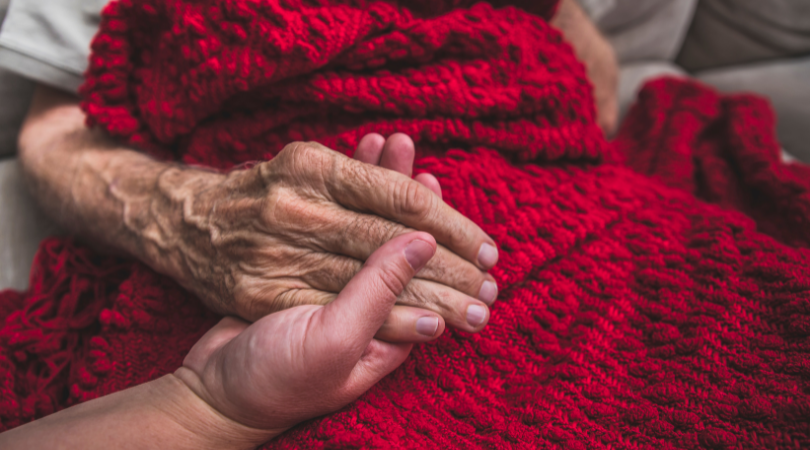What is a Death Rattle and Death Rattle Treatment Options

Sometimes, when a patient nears death, they can lose their ability to swallow or cough effectively enough to clear oral secretions. Air moves over those pooled secretions causing the noisy ventilation known as the death rattle.
There is no evidence that patients find this problematic or uncomfortable, but families and caregivers can find it disturbing and some may even fear that their loved one is choking. The death rattle can be a predictor of near death in the terminally ill – the median time from symptom onset to death is shown to be approximately 16 hours in one study.
Types of Death Rattle
There are two types of death rattle: primarily salivary secretions and primarily bronchial secretions. Contributing clinical factors include:
- Hypersalivation from neuromuscular dysfunction (we see this mostly in ALS or brain injury)
- Medications that increase saliva production (pilocarpine, antipsychotics like haloperidol and clozapine, and alprazolam)
- Impaired swallowing from reduced consciousness
- Physical impairments such as GERD, URIs, and dysmotility

What are our death rattle treatment options?
We should consider non-pharmacological therapies first. This includes:
- Reducing enteral feeding
- Repositioning the body
- Educate the family and caregivers that the gurgling sound may not bother the patient as much as it bothers them
- Address concerns and fears with family and caregivers
When we’ve exhausted the non-pharmacologic therapies, medication can be considered.
Anticholinergics are used to decrease mucus production. These medications include scopolamine, atropine, hyoscyamine, and glycopyrrolate. Unfortunately, there is no consistent data to suggest they are more effective than a placebo. In particular, patients with pulmonary disease states are less likely to benefit from these medications. In fact, atropine is contraindicated with asthma patients due to excessive drying of bronchi.
Anticholinergics also may have serious side effects including hallucinations, delirium, confusion, restlessness, blurred vision/mydriasis, flushed skin, palpitations, constipation, tachycardia, dry mouth, and urinary retention. Patients should be monitored for these side effects.
When a family is concerned about a death rattle, it is important to weigh all the options. If all of the non-pharmacologic interventions have been exhausted, these medications may be appropriate in the last 16 to 48 hours of life.
Crossroads Hospice & Palliative Care provides care and support to terminally ill patients. To learn more about hospice eligibility, please call 1-888-564-3405.
DiGi Graham, Doctor of Pharmacy
Chief Corporate Pharmacist
Crossroads Hospice & Palliative Care
References:
- Bickel, K. Kareem, L. et al. Death Rattle and Oral Secretions. Palliative Care Network of Wisconsin. https://www.mypcnow.org/fast-fact/death-rattle-and-oral-secretions/ Accessed July 28, 2022.
If you found this information helpful, please share it with your network and community.
Copyright © 2023 Crossroads Hospice. All rights reserved.

